Scaling Heights: Determining the Optimum Timeframe for a Kilimanjaro Adventure
In the heart of East Africa, Mount Kilimanjaro stands as a beacon of adventure, drawing intrepid travelers from across the globe. Rising majestically to an elevation of 5,895 meters (19,341 feet), Kilimanjaro is not just Africa's tallest peak but also a symbol of resilience and exploration.
Every year, thousands of adventurers embark on the journey of a lifetime to conquer this iconic summit, seeking not only to challenge themselves physically but also to immerse themselves in the breathtaking beauty of the Tanzanian landscape. However, one crucial question looms large for those planning this epic adventure: When is the best time to visit Kilimanjaro?
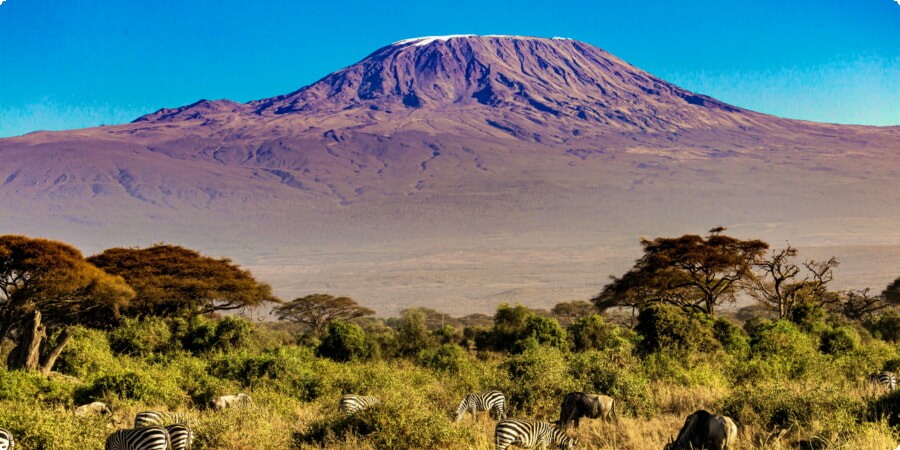
To answer this question, one must delve into the intricacies of Kilimanjaro's climate, understand the nuances of its diverse ecosystems, and consider the optimal timing for a successful ascent. In this comprehensive guide, we will explore the factors that determine the optimum timeframe for a Kilimanjaro adventure, helping you plan your expedition with confidence and clarity.
Understanding Kilimanjaro's Climate
Kilimanjaro's towering presence exerts a profound influence on its surrounding climate, creating a unique mosaic of ecosystems that vary significantly in temperature, precipitation, and vegetation. From the lush rainforests of the lower slopes to the barren ice fields near the summit, each zone presents its own set of challenges and rewards for climbers.
At the base of the mountain lies the tropical zone, characterized by dense rainforests teeming with life. As climbers ascend, they traverse through the temperate zone, where temperatures gradually become cooler, and the landscape transforms into a picturesque moorland dotted with giant lobelias and senecios. Finally, as they approach the summit, they enter the arctic zone, where icy glaciers and barren slopes define the stark beauty of Kilimanjaro's upper reaches.
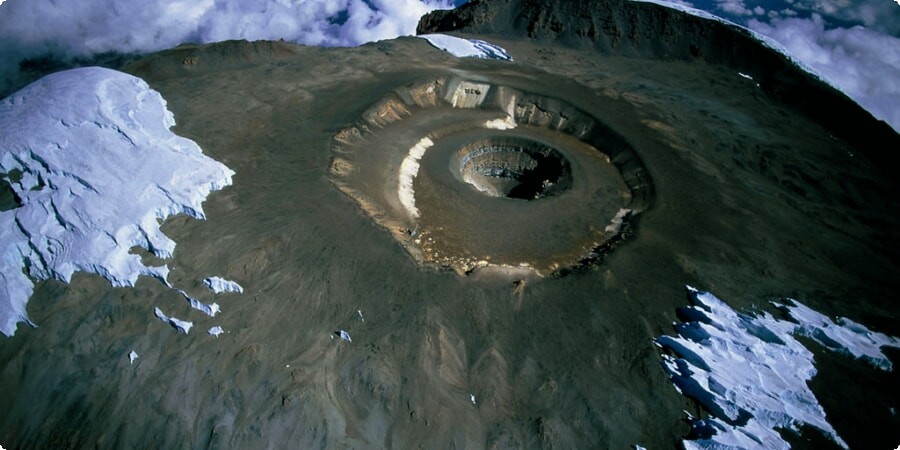
Understanding these distinct climate zones is crucial for planning a successful climb, as each zone presents its own set of challenges and considerations. From fluctuating temperatures to sudden changes in weather patterns, climbers must be prepared to navigate a dynamic environment as they make their way to the summit.
Peak Climbing Seasons
When it comes to planning a Kilimanjaro adventure, timing is everything. The mountain experiences two primary climbing seasons: the dry season and the wet season, each offering its own set of advantages and disadvantages for climbers.
The Dry Season: Optimal Conditions
Running from June to October, the dry season is widely considered the best time to climb Kilimanjaro. During this period, the weather is generally stable, with clear skies, minimal rainfall, and lower humidity levels. These favorable conditions provide climbers with excellent visibility and comfortable temperatures, making for a more enjoyable and safer ascent.
Moreover, the dry season coincides with the Northern Hemisphere's summer months, making it an ideal time for travelers from around the world to embark on their Kilimanjaro adventure. The relatively dry weather also reduces the risk of encountering muddy trails, making hiking conditions more manageable for climbers.
However, the popularity of the dry season also means that the mountain can get crowded, especially on the most popular routes like the Machame and Marangu trails. Climbers should be prepared for larger crowds and may need to book permits and accommodations well in advance to secure their spot.
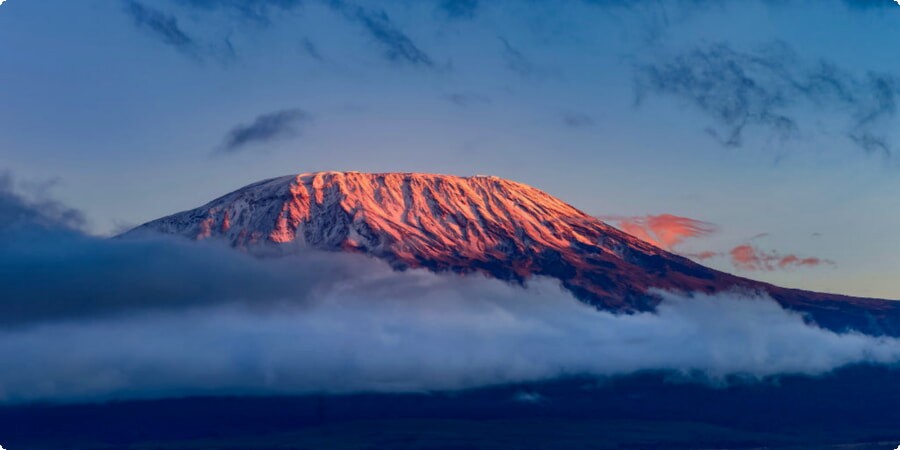
Recommendation: Join Guided Tours For those seeking a guided Kilimanjaro experience during the dry season, consider joining organized tours that offer expert guidance and support throughout the climb. Guided tours not only provide climbers with valuable assistance from experienced guides but also ensure a safe and memorable journey to the summit. Explore the history and beauty of Kilimanjaro with guided tours by visiting CityPlanet.org.
The Wet Season: Challenges and Rewards
In contrast, the wet season, which spans from November to May, presents a different set of challenges for climbers. Characterized by higher precipitation levels and more unpredictable weather patterns, the wet season can make for a more challenging ascent, with muddy trails, reduced visibility, and increased risk of altitude-related illnesses.
Despite these challenges, the wet season offers its own unique rewards for adventurous climbers. The mountain comes alive with lush vegetation and vibrant colors, creating a stunning backdrop for the ascent. Moreover, the wet season sees fewer climbers on the mountain, providing a more tranquil and intimate experience for those willing to brave the elements.
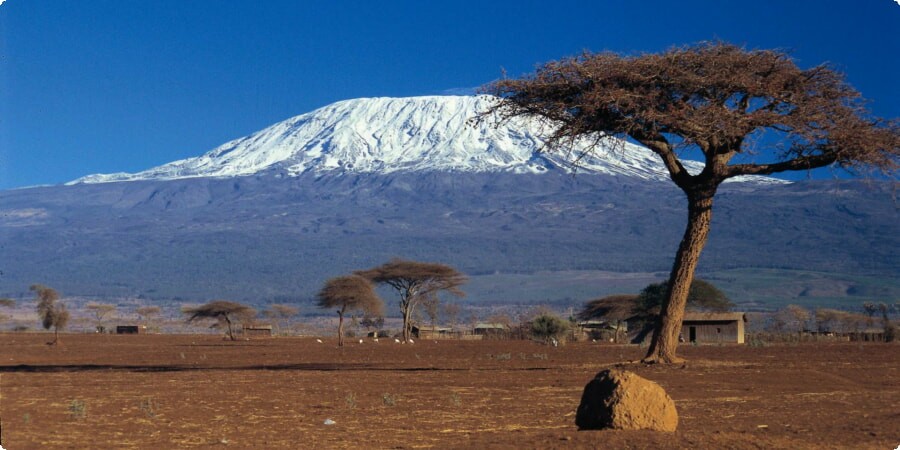
Recommendation: Experience Excursions To delve into the main facts of Kilimanjaro National Park during the wet season, consider participating in excursions that offer insights into the park's rich history and biodiversity. These excursions provide an opportunity to explore the park's diverse ecosystems, learn about its unique flora and fauna, and gain a deeper appreciation for the natural wonders of Kilimanjaro. Discover the beauty of Kilimanjaro National Park through excursions by visiting CityPlanet.org.
The Dry Season: Optimal Conditions
During the dry season, which extends from June to October, Kilimanjaro experiences stable weather conditions that are conducive to a successful climb. With clear skies, minimal rainfall, and lower humidity levels, climbers can enjoy excellent visibility and comfortable temperatures throughout their ascent.
This period coincides with the Northern Hemisphere's summer months, making it an ideal time for travelers from around the world to embark on their Kilimanjaro adventure. The relatively dry weather also reduces the risk of encountering muddy trails, making hiking conditions more manageable for climbers.
Climbers should note that the popularity of the dry season means that the mountain can get crowded, especially on the most popular routes like the Machame and Marangu trails. Therefore, it's essential to book permits and accommodations well in advance to secure a spot and avoid disappointment.

Links:
The Wet Season: Challenges and Rewards
Contrary to the dry season, the wet season spans from November to May and presents a different set of challenges for climbers. Higher precipitation levels and more unpredictable weather patterns characterize this period, making for a more challenging ascent.
During the wet season, climbers should be prepared to encounter muddy trails, reduced visibility, and an increased risk of altitude-related illnesses. However, despite these challenges, the wet season offers its own unique rewards for adventurous climbers.
The mountain comes alive with lush vegetation and vibrant colors, creating a stunning backdrop for the ascent. Moreover, the wet season sees fewer climbers on the mountain, providing a more tranquil and intimate experience for those willing to brave the elements.
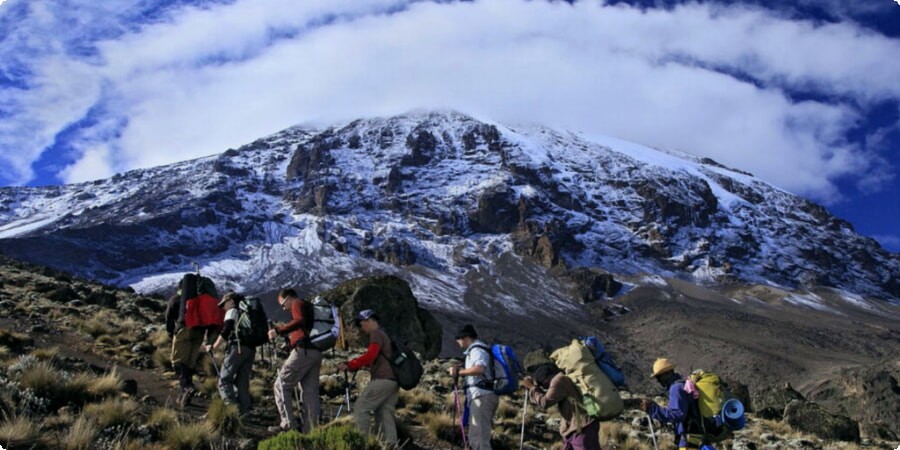
Shoulder Seasons: Hidden Gems or Risks?
In addition to the dry and wet seasons, Kilimanjaro also experiences shoulder seasons, which occur from March to May and November. These transitional periods offer a mix of advantages and risks for climbers, making them a less conventional but potentially rewarding time to embark on the ascent.
During the shoulder seasons, climbers can expect fewer crowds on the mountain compared to the peak dry season months. Additionally, the weather may be more temperate, with milder temperatures and less precipitation compared to the wet season.
However, climbers should be prepared for more variable weather conditions during the shoulder seasons, with the possibility of rain and cooler temperatures. Furthermore, facilities and services on the mountain may be less readily available during these periods, requiring climbers to be more self-sufficient and prepared for a more rustic experience.
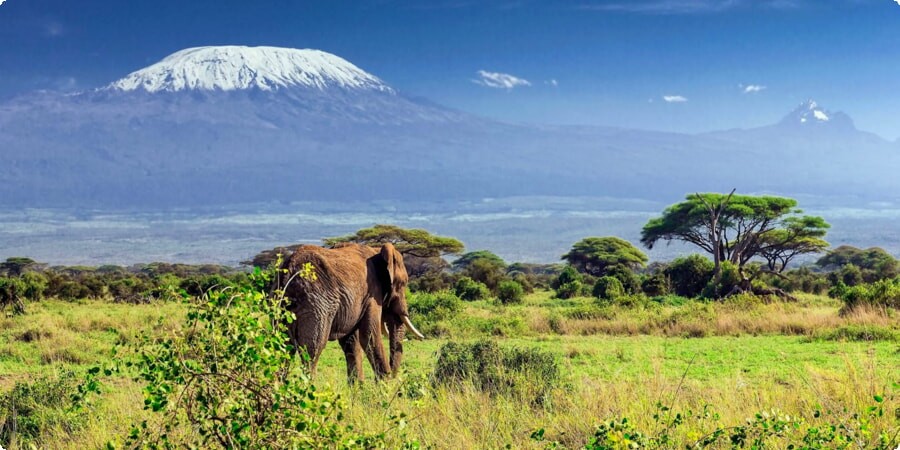
Despite these considerations, the shoulder seasons offer a unique opportunity to experience Kilimanjaro in a quieter and more intimate setting, away from the crowds of the peak climbing months.
Recommendation: Join Guided Tours For those seeking guidance and support during their Kilimanjaro adventure, joining guided tours is highly recommended. Experienced guides can provide valuable assistance throughout the climb, ensuring a safe and memorable journey to the summit. Explore the history and beauty of Kilimanjaro with guided tours by visiting CityPlanet.org.
Factors to Consider When Choosing Your Timeframe
When planning a Kilimanjaro adventure, several factors should be carefully considered to determine the optimum timeframe for your climb. These factors encompass personal preferences, fitness levels, budget constraints, and logistical considerations, all of which play a crucial role in ensuring a successful and enjoyable experience on the mountain.
Personal Preferences: Consider your preferred weather conditions and climbing environment. Are you more comfortable in warmer temperatures, or do you prefer cooler weather? Are you willing to navigate muddy trails during the wet season, or do you prefer dryer conditions? Understanding your personal preferences will help you choose the best time to climb Kilimanjaro.

Fitness Levels: Assess your physical fitness and hiking experience. Are you prepared for the physical challenges of climbing Kilimanjaro, including long days of hiking at high altitudes? Consider your fitness levels when determining the best time to embark on this adventure, as some seasons may be more physically demanding than others.
Budget Constraints: Take into account your budget for the climb, including permit fees, tour operator costs, and equipment expenses. Peak climbing seasons may be more expensive due to higher demand, so budget-conscious climbers may opt for shoulder seasons or offseason climbs to save costs.
Logistical Considerations: Plan your climb around practical considerations such as vacation time, travel schedules, and other commitments. Consider the availability of permits and accommodations during your preferred timeframe, and book well in advance to secure your spot on the mountain.
By carefully weighing these factors, you can determine the optimum timeframe for your Kilimanjaro adventure, ensuring a memorable and rewarding experience on Africa's tallest peak.

Planning Tips for a Successful Adventure
Once you've determined the optimum timeframe for your Kilimanjaro adventure, it's time to start planning for a successful climb. Here are some practical tips to help you prepare for this epic journey:
Book Permits and Accommodations Early: Secure your permits and accommodations well in advance, especially during peak climbing seasons when demand is high. This ensures that you have a spot on the mountain and avoids last-minute disappointments.
Choose a Reputable Tour Operator: Select a reputable tour operator with experienced guides who prioritize safety and sustainability. Research tour companies carefully, read reviews, and ask for recommendations from fellow climbers to ensure a memorable and safe experience on the mountain.
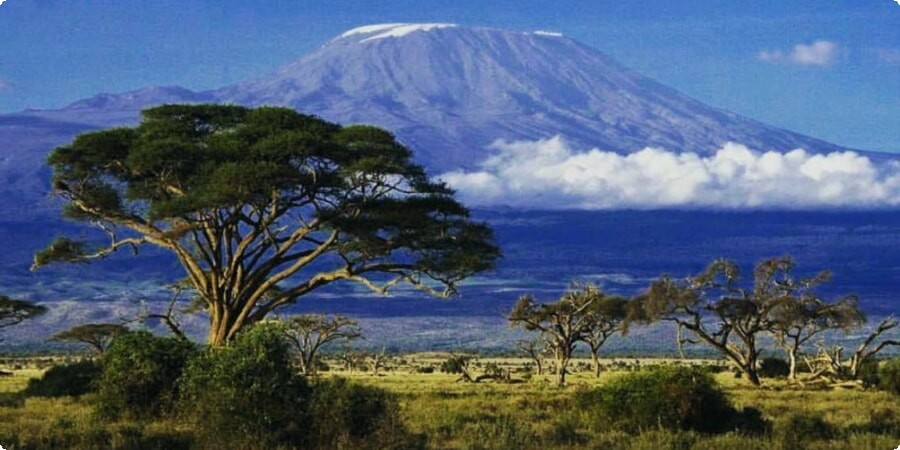
Train and Prepare Physically: Prepare for the physical challenges of climbing Kilimanjaro by training and improving your fitness levels. Focus on cardiovascular exercises, strength training, and hiking to build endurance and stamina for the ascent.
Pack Wisely: Pack essential gear and equipment for the climb, including appropriate clothing, hiking boots, sleeping bags, and trekking poles. Consider renting or purchasing gear locally to reduce baggage weight and costs.
Stay Hydrated and Nourished: Stay hydrated and well-nourished throughout the climb to maintain energy levels and prevent altitude sickness. Carry sufficient water and snacks during the hike, and eat balanced meals to fuel your body for the ascent.
Listen to Your Body: Pay attention to your body's signals and pace yourself during the climb. Take breaks as needed, listen to your guides' advice, and be prepared to adjust your plans based on weather conditions and altitude sickness symptoms.
By following these planning tips, you can embark on a successful and memorable Kilimanjaro adventure, conquering Africa's tallest peak with confidence and determination.
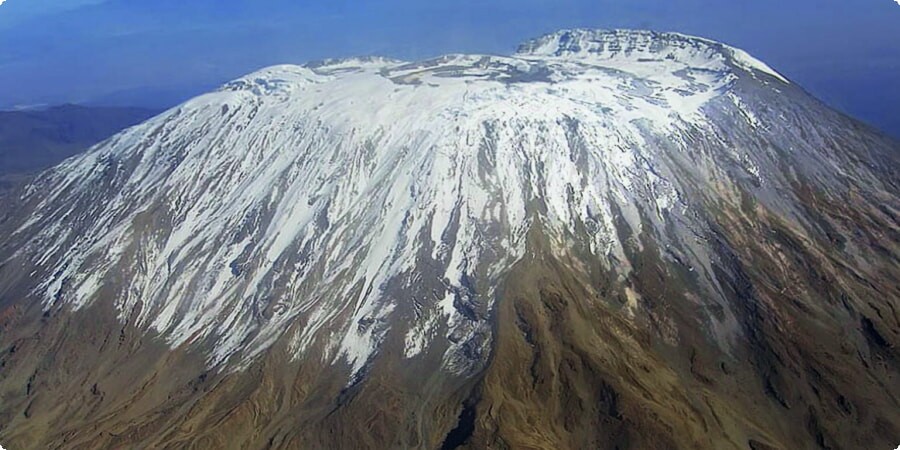
Embarking on a Kilimanjaro adventure is a dream for many outdoor enthusiasts, offering a unique opportunity to challenge oneself and immerse in the breathtaking beauty of Africa's tallest peak. By carefully considering the factors that determine the optimum timeframe for a climb, including weather conditions, personal preferences, and logistical considerations, adventurers can plan a successful and rewarding expedition to Kilimanjaro.
Whether you choose to conquer the summit during the dry season for optimal weather conditions or embrace the challenges of the wet season for a more intimate experience, the key is to plan ahead, stay prepared, and listen to your body throughout the climb.
No matter when you choose to embark on this epic journey, the experience of standing atop Kilimanjaro's snow-capped peak, gazing out at the vast African landscape below, will undoubtedly be a moment you'll treasure for a lifetime.
So, what are you waiting for? Start planning your Kilimanjaro adventure today, and get ready to scale new heights and create memories that will last a lifetime.